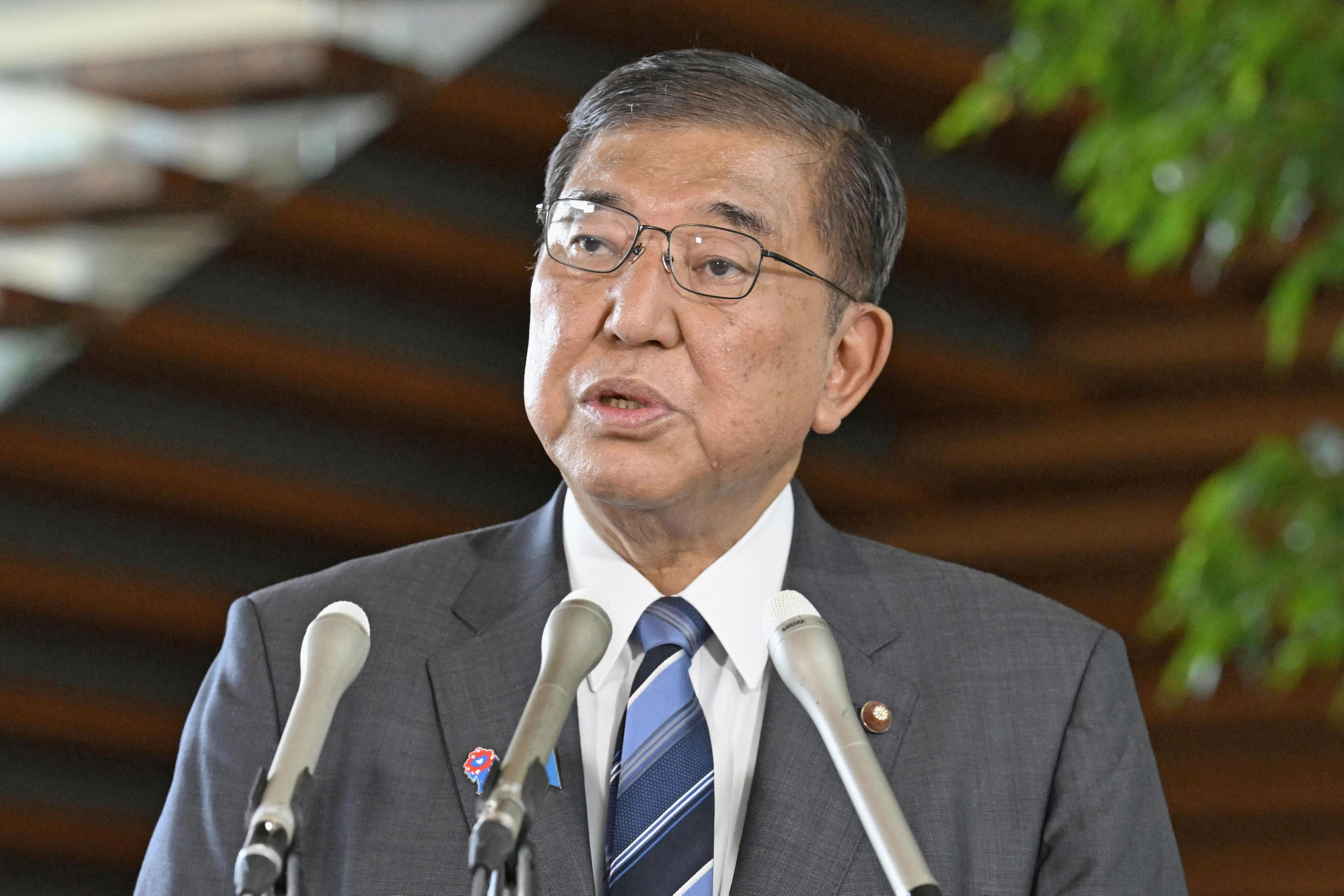
Japanese Prime Minister Shigeru Ishiba continues to face criticism and pressure to stand down from within his own party after a dismal showing in upper house elections last month.
Still, Ishiba himself appears unfazed, refusing to budge from his post and saying he will “not run away” from explaining his stance to those who are calling for his resignation.
While some in his own party have openly called for him to quit, there are several upcoming events and dates that will be key indicators for how long the beleaguered prime minister can hold on to power.
The first of those dates is this Friday, when the ruling Liberal Democratic Party holds a joint plenary meeting attended by party members of both the lower and upper houses.
The plenary meeting is the party’s official decision-making body second only to the party convention. Decisions made at the plenary meeting can substitute a party convention if over two thirds of the party’s lawmakers attend.
ALSO READ: Japan ditches historical rice curbs with PM Ishiba’s fate at stake
But as powerful as the meeting sounds, there are no protocols in place that could force an unwilling Ishiba to resign. In a roundtable held last week, the LDP’s secretariat expressed their understanding that ousting a sitting party leader is not technically possible at a plenary meeting.
Instead, one way the LDP could go about revoking Ishiba of his leadership of the party is by calling for an early leadership contest before Ishiba’s term runs out in September 2027.
That would require a written request backed by over half of a combination of LDP lawmakers and representatives of each regional branch of the party, though it cannot compel Ishiba to stand down as prime minister.
As of a week ago, about a third of the regional party branches had backed a written request seeking a re-branding of the party, including the resignation of Ishiba, according to the Nikkei newspaper. That included prefectures such as Miyagi and Akita, where the LDP lost votes to the opposition. But with a roughly week-long holiday coming up in mid-August, efforts to gather signatures may slow.
Ishiba’s fate may then be decided in late August, when an LDP committee reviewing the results of the upper house election will finalize its findings. Although a date is not yet set for when those findings will be revealed, NHK has reported that it is likely to be the last week of August.
It will likely be at this meeting that LDP Secretary-General Hiroshi Moriyama will indicate whether he will stand down to take responsibility for the electoral defeat.
Even if Moriyama takes the blame, that may not be enough to shield Ishiba from further pressure. Ishiba would have lost one of the few heavyweight LDP lawmakers who has been willing to back him and keep the party in line. Struggling to find a replacement would only highlight his lack of clout within the party.
Ishiba stepping down would trigger a LDP leadership election, with many potential candidates already signaling interest in running.
Separately from the inner workings of the party and his role as LDP leader, Ishiba could also technically be ousted from his role as prime minister if parliament adopts a no-confidence motion.
ALSO READ: Japan ruling party to discuss Prime Minister Ishiba's fate soon
Only the lower house can call for a no-confidence motion. The largest opposition Constitutional Democratic Pary would need the support of most of the smaller opposition parties to pass such a motion through a simple majority. If that happens, the cabinet would have to resign within 10 days or Ishiba would have to dissolve the lower house for a general election – something the opposition is unlikely to want given the chaos that may ensue.
Still, despite the challenges Ishiba faces from within his party, polls show that there is no overwhelming majority in the public that is keen to see him go just yet.
A poll conducted over the weekend by broadcaster JNN showed that 46 percent of respondents thought a loss of faith in the LDP was the cause of their election loss, while 20 percent thought the defeat was caused by Ishiba’s government, suggesting that respondents were disillusioned with the party but not necessarily Ishiba himself.
The same poll showed that while 43 percent thought Ishiba should quit, 47 percent did not think he should.
Ultimately, how long Ishiba stays on may depend on how long he can hold off his critics and when he thinks he can make a graceful exit.
For now, Ishiba has apologized for the election loss but said he must see the US trade deal through to its implementation, buying him some time as his top negotiator travels to the US to nail down the details of the agreement.
August 15th, marking the 80th anniversary since the end of World War II, is also likely to be on Ishiba’s calendar.
“80 years since the end of the war is a milestone. It is important to make an appropriate decision based on the past statements as well,” Ishiba said on Monday when asked of his plans to release a statement in commemoration of the day.


